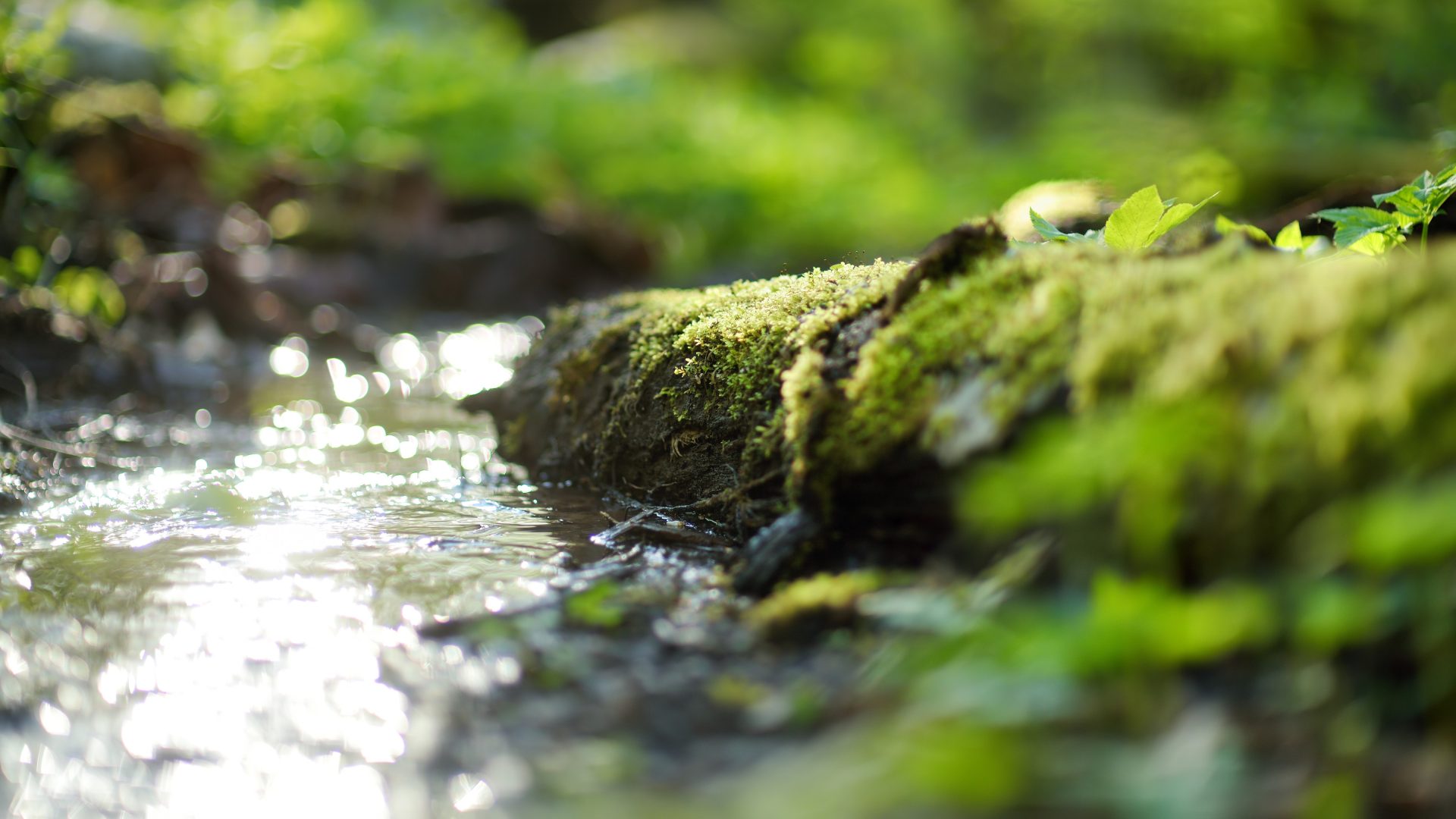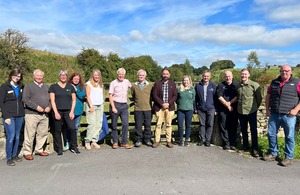Nestled between the Yorkshire Dales and Forest of Bowland, lies the Long Preston floodplain, a unique wetland area – important for farming, rich in history and a priority habitat for wading birds and rare flora.
Since 2004, organisations including Natural England, Yorkshire Dales Millennium Trust, Ribble Rivers Trust, Environment Agency, RSPB, North Yorkshire Council, North Yorkshire and York Local Nature Partnership, have worked with the farmers who own the land to transform the historical floodplain into a thriving landscape for both nature and people.
All of the land in the project area is privately owned. Working with farmers and landowners, the Long Preston Floodplain Project has helped to successfully integrate wetland and river management for wildlife into a profitable and sustainable farming economy.
It has also created a habitat haven while improving access to the area for the local community to learn about the grassland and wildlife as well as farming and management practices.
165ha of the floodplain at Long Preston is designated as a Site of Special Scientific Interest (SSSI) known as the River Ribble (Long Preston) SSSI.
This is an unusual setting of a meandering river crossing a floodplain upland, rather than in the lower reaches. The Ribble catchment is dominated by limestone and this base rich water supports unique wetland flora and fauna. The breeding birds and wet grassland habitat on the floodplain are also features of the SSSI.
Important habitat for birds
With abundant wildlife throughout the year, the floodplain is an important habitat for several species of breeding, wintering and migrant birds which are on the UK Birds of Conservation Concern Red List.
47 Red List birds have been recorded including, curlew, lapwing, grey partridge, bewick’s swan, pochard, hen harrier, as well as skylark, greenfinch, tree sparrow and house sparrow.
At the peak of the season, the area can be home to an impressive gathering of up to 2,500 birds.
Natural England has worked with farmers and partners to deliver both habitat and river restoration through numerous agri-environment schemes within the project boundary. Over 70% of land within the project boundary is now in an agri-environment scheme.
Many farms also have land off the floodplain and Natural England has identified opportunities for nature recovery here as well. This includes moorland, parkland and boundary restoration.
Celebrating two decades of work
The pioneering project recently celebrated two decades of work to re-naturalise the river, restore wetland habitats for wildlife and promote sustainable farming, helping to create a healthy floodplain, covering an area of 800 hectares that can adapt to our changing climate.
More than 50 partners involved in the creation of Long Preston Floodplain Project attended an event at Lords Courtyard, Settle to reflect on the achievements of the last twenty years.
During this time:
- 84 hectares of wet grassland has been created
- 190 hectares of farmed land has been restored to thriving wetland habitat. This includes flood embankment realignment and the creation of ponds.
- The SSSI site is moving towards favourable condition. In some areas the river is reconnecting with the floodplain and moving more naturally as a result of setting floodbanks back.
- Historic weirs have been removed to restore natural river processes, allowing migrating fish to move freely through the river.
- 16 habitat creation schemes have been completed, covering 10.5 hectares of land on the floodplain. This included small wildlife habitats, riparian woodlands and hedgerows.
- The aqueduct on Wiggleworth beck has been restored as well as the creation of a pond alongside the Ribble Way and the re-instatement of an historical pond site.
- Over 18 years of bird counts have been undertaken with 212 species recorded – demonstrating how special the area is for breeding, passage and wintering birds.
‘Committed individuals’ have carried project forward
David Sharrod from Yorkshire Dales Millennium Trust said:
“We have been working with farmers on the Long Preston Deeps floodplain for 20 years to restore nature and a working floodplain; whilst also trying to support their businesses and improve access and opportunities around sustainable tourism.
“There have been some impressive practical works – wetland creation, flood banks pulled back, improved access, engagement of new communities, farming regimes changed, bird numbers increased and so on. This is all on privately owned farmed land.
“What really marks this project out to me out is the genuine trust, collective endeavour – and friendship – that has been built up between all involved. Over the years there have been multiple individual projects and sources of funding, and of course many external changes and pressures, but what has carried it forward are the committed individuals. We are now in a position to really think big and make this truly transformative for the upper Ribble valley.”
David Renwick, Regional Director for the North at Natural England, said:
“The Long Preston Floodplain Project is a fantastic example of what can be achieved by building partnerships for nature’s recovery.
“Alongside the amazing biodiversity that thrives on the site, the Long Preston Floodplain is working to protect homes from flooding, and support water resources. It puts farmers at its heart, providing an important agricultural resource and locks away carbon in the soils.
“While supporting education, biodiversity and climate resilience, the site also provides a perfect retreat for those wishing to appreciate the natural world and find a sense of peace. Natural England are proud to be a partner, and we look forward to working with everyone in the next chapter of this special corner of Yorkshire and Lancashire.”
People at the centre of project’s success
Jack Spees, Chief Executive, Ribble Rivers Trust said:
“At the centre of the Project’s successes are people, those who are deeply committed to all aspects of the area, farming, wildlife and water. We have worked together building trust and friendships – both of which are lasting, and I can’t wait to see what the next 20 years holds.”
Anthony Bradley, Ribblesdale Farmers Group said:
“Dad was alive when the first stirrings started of this project. He was a bit of a ‘twitcher’ and I well remember his delight when kestrels reappeared and nested on the top of a ruined barn. He was also in the habit, when mowing grass, of lifting bird chicks to safety. Or mowing round a nest to leave some cover.
“I know he was not alone in this habit. The real success though is the genuine cooperation and mutual respect between both farmers and non-farmers. I for one have found it a pleasure to work with some ‘grownups’!”
Steven Crabtree, Ribblesdale Farmers Group said:
“As an early participant in the project it is wonderful to see how it has grown, taking with it the confidence of farmers and various wildlife bodies to achieve some truly meaningful outcomes.”
In 2024, the Long Preston Project partners agreed a new ambitious strategy with the dual aims of providing catchment scale habitat restoration and supporting sustainable farming across the whole of the Upper River Ribble Catchment.




